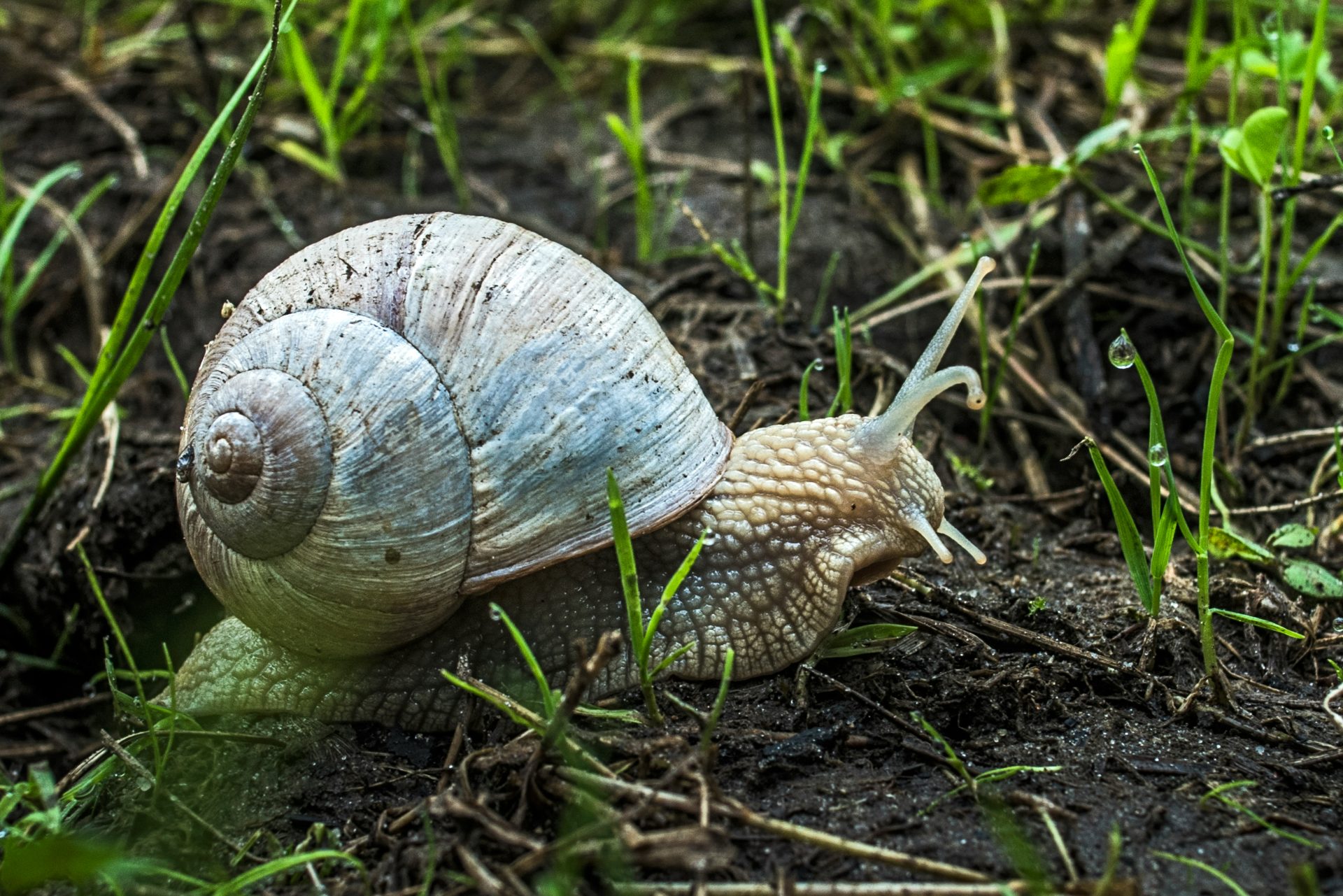Introduction
Snail shells often display striking protrusions known as knobs—tiny, calcified bumps that can transform an ordinary spiral into a rugged fortress. In a 2024 survey of 1,500 marine gastropod species, researchers found that about 17 % possess knobbed shells, highlighting their evolutionary success [1].
Structural Composition of Knobs
- Material: Primarily aragonite and calcite layers hardened by trace metals such as magnesium.
- Density: Knob density ranges from 8–25 knobs per cm2 in Cerithium species.
- Growth pattern: Knobs form along the shell’s growth lines, adding up to 12 % extra shell mass.
Biological Functions
- Defense: Field experiments show knobbed snails suffer 30 % fewer crab predation events than smooth‑shelled relatives.
- Camouflage: Irregular surfaces scatter light, reducing visual detection by fish predators.
- Hydrodynamics: In turbulent intertidal zones, knobs disrupt water flow and lower drag by up to 9 %.
- Species Recognition: Unique knob patterns help snails identify mates of the same species, improving reproductive success.
Case Study: Echinolittorina malaccana
This tropical periwinkle exhibits pronounced axial knobs. A 2023 biomechanical analysis reported that its shell withstands compressive forces of 45 N, compared with 32 N for non‑knobbed congeners.
Conclusion
Knobs are more than ornamental—they are multifunctional adaptations that boost survival in diverse habitats. Understanding their structure and function deepens our appreciation of molluscan ingenuity and inspires biomimetic designs in materials science.
[1] Journal of Molluscan Studies 99(2): 145‑158, 2024.

